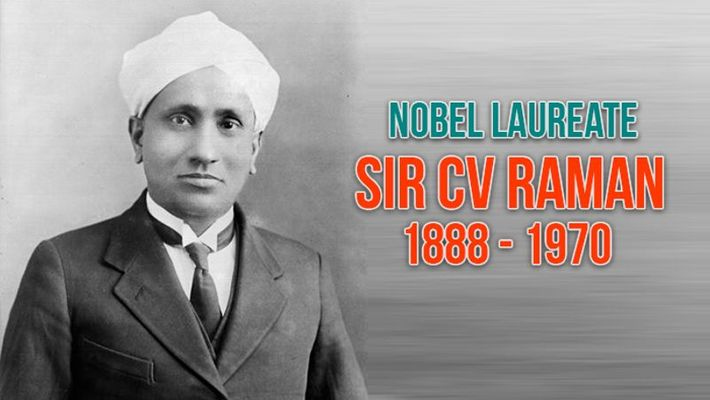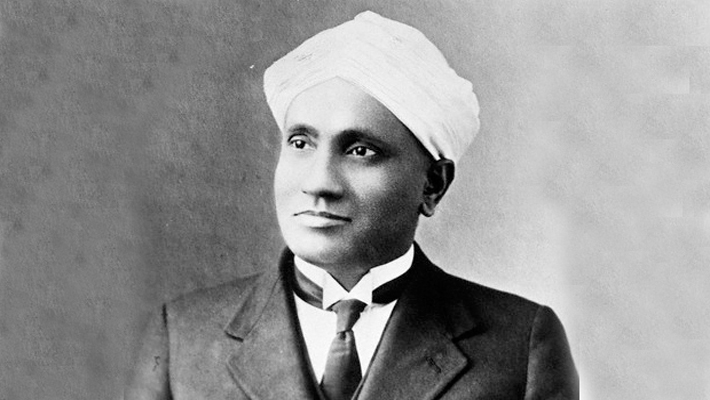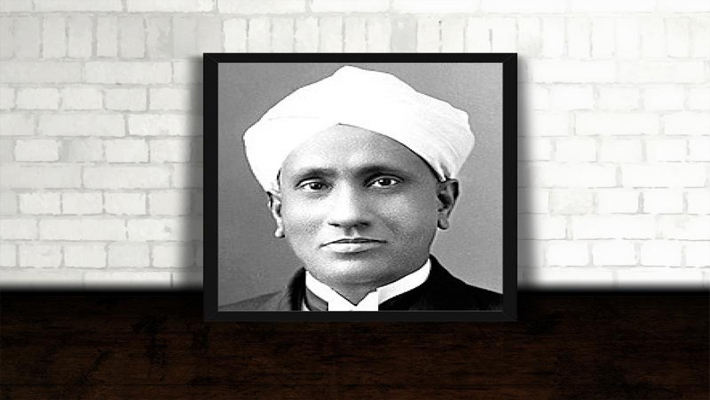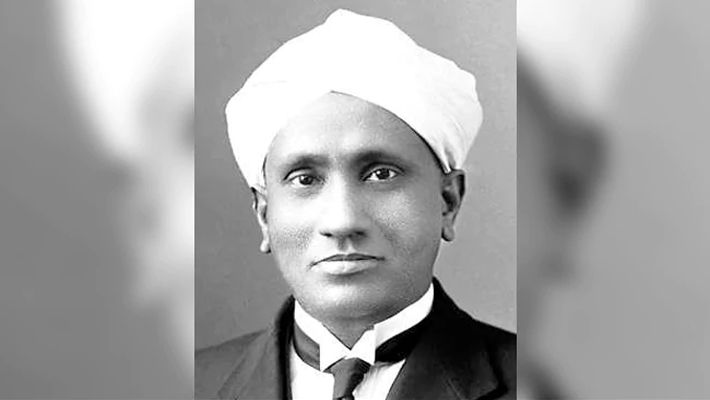TRENDING TAGS :
CV Raman birth anniversary: 1st Indian Nobel laureate | Know more about his contributions
Raman and his student, Nagendra Nath, provided the correct theoretical explanation for the acousto-optic effect (light scattering by sound waves), in a series of articles resulting in the celebrated Raman–Nath theory.
Lucknow: Indian physicist Sir Chandrashekhara Venkata Raman was born on 7 November 1888 in the former Madras Province in India (presently the state of Tamil Nadu). CV Raman was the one who carried out ground-breaking work in the field of light scattering, which earned him the 1930 Nobel Prize for Physics. CV Raman was the first person in Asia to obtain said award for achievements in science.

ALSO READ: Rising Himachal Global Investors Meet: PM to inaugurate conference
On his 131st birth anniversary, let’s take a look at them in his honour…
- At an early age, Raman moved to the city of Visakhapatnam and studied at St Aloysius Anglo-Indian High School.
- Raman passed matriculation at age 11 and the FA examination (equivalent to today's Intermediate exam, PUCPDC and +2) with a scholarship at age 13.
- In 1926 Prof. Raman established the Indian Journal of Physics as the first editor.

- The second volume of the Journal published his famous article "A New Radiation", reporting the discovery of the Raman Effect.
- Raman and Suri Bhagavantam determined the spin of photons in 1932, which further confirmed the quantum nature of light.
- He discovered that when light traverses a transparent material, some of the deflected light changes wavelength and amplitude. This phenomenon, subsequently known as Raman scattering, results from the Raman Effect.
- In the year 1954, the Indian government honoured him with India's highest civilian award, the Bharat Ratna.

- Raman had association with the Banaras Hindu University in Varanasi; he attended the foundation ceremony of BHU and delivered lectures on Mathematics and "Some new paths in physics" during the lecture series organised at BHU from 5 to 8 February 1916.
- Raman also worked on the acoustics of musical instruments.
- He worked out the theory of transverse vibration of bowed strings, on the basis of superposition of velocities.
- He was also the first to investigate the harmonic nature of the sound of Indian drums such as the tabla and the mridangam.
- Raman and his student, Nagendra Nath, provided the correct theoretical explanation for the acousto-optic effect (light scattering by sound waves), in a series of articles resulting in the celebrated Raman–Nath theory.
- Modulators, and switching systems based on this effect have enabled optical communication components based on laser systems.
Next Story



